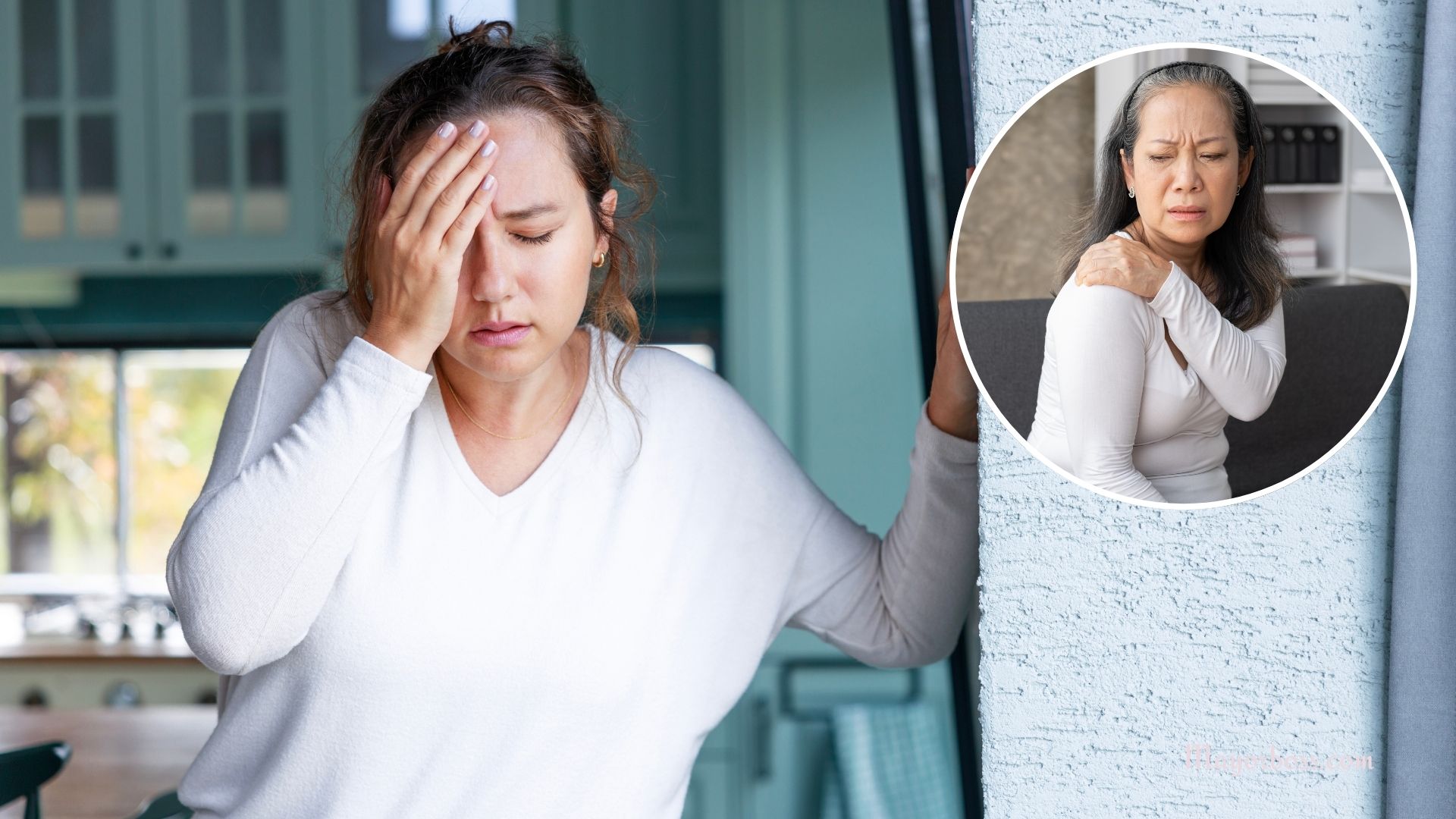Symptoms of a Stroke in Women: Please Do Not Ignore This
Stroke sometimes refers to cerebrovascular accidents (CVAs) or brain attacks as a medical emergency. It happens when the blood flow to an area of the brain is blocked or when a blood vessel in the brain bursts. Without oxygen, brain cells start dying within minutes. This damage can cause lasting problems or even death. Women have unique stroke risks and may experience symptoms that are different from men.

Stroke Affects Women Differently
Women are more likely than men to die from a stroke. They also tend to have worse outcomes. Women often experience strokes at older ages, which can make recovery harder. Hormones, pregnancy, birth control pills, and menopause all play a role in stroke risk. Also, according to the Centers for Disease Control and Prevention, women typically live longer than men, and more women have strokes over their lifetimes.
In fact, according to the American Heart Association, “stroke is the number three cause of death in women and kills more women than men. One in five women will have a stroke”. That’s why women must stay alert and recognize the symptoms quickly.
Classic Stroke Symptoms
Both men and women can have the typical stroke symptoms. These symptoms come on suddenly and should never be ignored. Use the acronym BE FAST to remember them:
- B – Balance: Sudden loss of balance or coordination.
- E – Eyes: Sudden trouble seeing in one or both eyes.
- F – Face: One side of the face droops or feels numb. Ask the person to smile.
- A – Arms: Arm weakness or numbness, especially on one side. Ask the person to raise both arms.
- S – Speech: Slurred or strange speech. Ask them to repeat a simple sentence.
- T – Time: If any of these signs are present, call 911 immediately.
Unique Stroke Symptoms in Women
Women may have additional symptoms that are less well-known. These are often subtle, and because of that, they are sometimes missed or misdiagnosed. But these signs are real. If you notice any of the following, especially if they come on suddenly, seek help right away:
- Sudden confusion or disorientation
- Trouble breathing or shortness of breath
- Sudden nausea or vomiting without a clear cause
- Seizures
- Hiccups that won’t stop
- Sudden chest pain
- Palpitations or racing heartbeat
- Fainting or loss of consciousness
- Sudden tiredness or fatigue that feels extreme
These symptoms can be mistaken for anxiety, a migraine, or even just being tired. That delay in care can cost valuable time. The faster you get treatment, the better your chance of surviving and recovering.
Stroke Risk Factors in Women
Certain risk factors affect women more than men. If you have any of these, talk to your doctor about how to lower your stroke risk.
- High blood pressure – especially during pregnancy
- Use of birth control pills, particularly if you also smoke
- Hormone replacement therapy
- Pregnancy-related issues, including preeclampsia
- Migraine with aura
- Atrial fibrillation – an irregular heartbeat common in older women
- Diabetes
- Obesity
- Smoking
Many of these risks can be managed with lifestyle changes or medication. The key is to know your risk and take action early.
When to Call 911
Don’t wait to see if symptoms go away. Don’t drive yourself to the hospital. Don’t lie down and hope it passes. If you suspect a stroke—whether it’s you or someone else—call 911 right away. Emergency medical teams can start treatment on the way to the hospital. Minutes matter.
The sooner a stroke is treated, the more brain tissue can be saved. Most strokes are ischemic, caused by a clot. These can sometimes be treated with a clot-busting drug called tPA—but only if given within 3 to 4.5 hours of the first symptom. Delayed treatment often leads to worse outcomes. Early action can mean the difference between full recovery and permanent disability.
What Happens After a Stroke
Stroke survivors may need weeks or months of therapy. Some lose the ability to walk, speak, or take care of themselves. Some never fully recover. That’s why prevention and early treatment are so important. Women must recognize that their stroke signs might not look like a textbook case. Trust your body. If something feels off, don’t brush it off.
